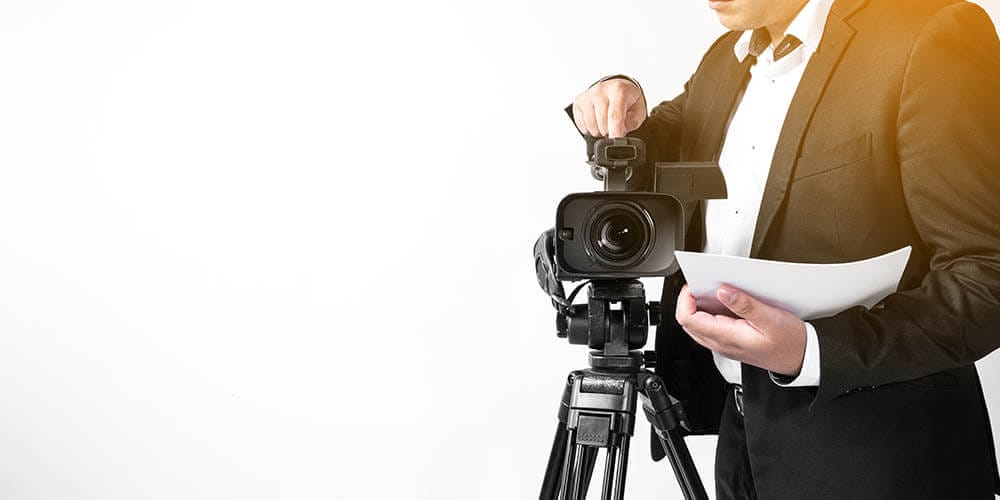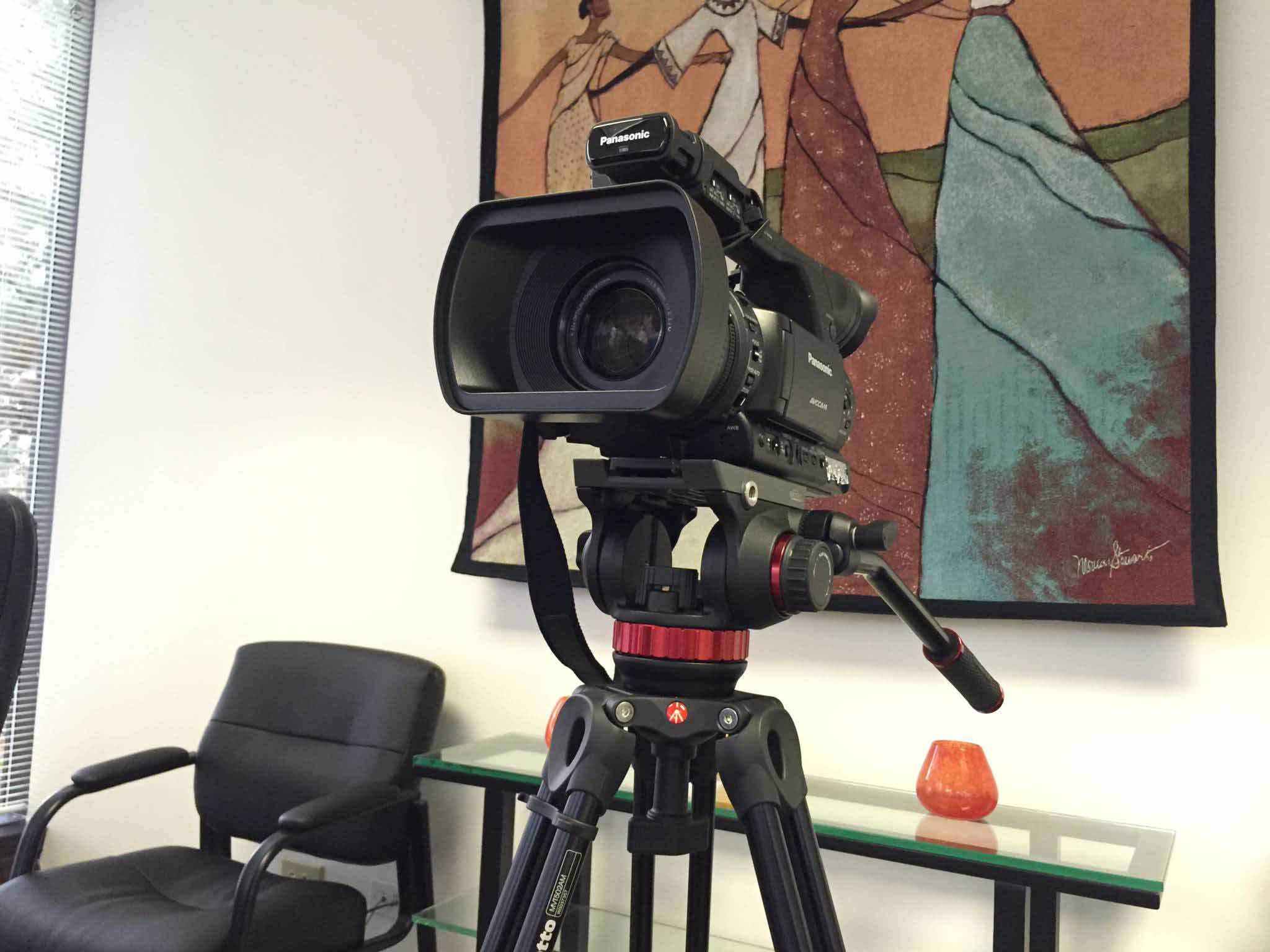Why Legal Videography is Essential for Accurate Legal Documentation
Why Legal Videography is Essential for Accurate Legal Documentation
Blog Article
Delving Into the Systems of Lawful Videography: Introduction Its Procedure in Safeguarding Authentic Aesthetic Testament for Judicial Proceedings
In the world of judicial procedures, the role of lawful videography stands as a cornerstone in maintaining and providing visual proof. As technology proceeds to development, the mechanisms behind lawful videography have ended up being progressively intricate, using a critical layer of authenticity to testaments captured on video clip.
Historical Development of Lawful Videography
Checking out the historical progression of lawful videography exposes a considerable makeover in the recording and presentation of visual evidence within the legal landscape. In the past, lawful proceedings greatly counted on created pictures and transcripts to document occasions and provide evidence. Nevertheless, with the advent of video innovation, the legal market observed a paradigm shift in exactly how aesthetic testimony was caught and offered.
The development of lawful videography can be mapped back to the late 20th century when improvements in video clip recording tools made it more available for usage in court rooms. This technical advancement not only improved the accuracy and dependability of aesthetic proof but also transformed the method situations existed to discretionary (Legal Videography). Attorneys began to acknowledge the influential power of video clip recordings in conveying emotions, subtleties, and non-verbal hints that composed transcripts or photographs alone can not record properly

Innovation Improvements in Video Clip Paperwork
What vital technical improvements have changed video documents in the lawful field? The legal area has seen considerable developments in video paperwork modern technology that have boosted the authenticity and dependability of visual evidence in judicial procedures.
Moreover, advancements in video security and watermarking technologies have actually reinforced the protection and tamper-proof nature of video evidence, guarding it against unauthorized modifications or meddling. Additionally, the arrival of cloud storage space solutions and remote gain access to abilities has streamlined the storage space, access, and sharing of video proof, helping with smooth collaboration amongst lawyers and ensuring effective access to vital aesthetic testimonies when required. These technological developments in video clip paperwork have definitely transformed the lawful field, enhancing the accuracy, credibility, and admissibility of visual proof in judicial process.
Duty of Lawful Videographers in Court Settings
The evolution of video paperwork technology in the legal field has necessitated a critical duty for lawful videographers in courtroom settings, guaranteeing the stability and dependability of aesthetic testimonies presented throughout judicial proceedings. Lawful videographers play a fundamental function in capturing and maintaining accurate visual proof that can be pivotal in court instances. Their obligation extends to establishing tools, recording process, and creating high-quality video clips that precisely mirror the events in the court.
In court room setups, legal videographers need to follow rigorous guidelines and criteria to keep the authenticity of the visual record. They must have an eager eye for information and a complete understanding of lawful treatments to make certain that the video they record is a real depiction of the occasions that transpired. Furthermore, lawful videographers commonly function carefully with lawful teams to make sure that the video proof aligns with the case's requirements and can be effectively provided in court to support the legal disagreements being made. In general, the function of lawful videographers in courtroom settings is indispensable in supporting the concepts of justice and guaranteeing the transparency of legal process.

Ensuring Admissibility and Stability of Video Clip Evidence
To preserve the reliability of visual evidence provided in legal process, guaranteeing the admissibility and stability of video clip proof is a critical responsibility for lawful videographers. Admissibility describes the approval of proof by the court, and for video clip proof to be acceptable, it should fulfill particular criteria. Legal videographers play a critical role in making sure that the videos they capture comply with the rules of evidence, such as reliability, authenticity, and importance.
Stability of video clip proof includes maintaining the originality and accuracy of the video footage from the time it is recorded till it is offered in court. This consists of firmly saving the video documents, documenting the chain of wardship, and stopping any type of meddling or alterations. Lawful videographers have to comply with strict protocols to guarantee the integrity of the video evidence and prevent any type of challenges to its credibility.
Future Trends in Legal Videography
Provided the raising reliance on innovation in lawful proceedings, legal videographers are positioned to accept cutting-edge improvements shaping the future of visual testimony capture and discussion. Among the noticeable trends coming up is the integration of online fact (VIRTUAL REALITY) and increased reality (AR) innovations right into legal videography. These technologies have the possible to change exactly how aesthetic proof exists in courtrooms, enabling judges and juries to submerse themselves in the scene of the criminal activity or event.
Moreover, making use of artificial intelligence (AI) formulas for video analysis is anticipated to enhance the process of evaluating and assessing large quantities of video clip footage. AI can help in identifying essential minutes, abnormalities, and patterns within videos, improving the performance of lawful examinations.

Final Thought
Finally, lawful videography has played a crucial function in supplying authentic visual evidence for judicial proceedings. With technical developments and the know-how of lawful videographers, the honesty and admissibility of video evidence are made certain in court settings. As lawful videography continues to evolve, it will be anonymous important to copyright requirements that preserve the accuracy and integrity of visual statement for the future of legal procedures.
Taking a look at the historic progression of lawful videography discloses a considerable makeover in the capturing and presentation of visual evidence within the legal landscape.The advancement of video documents modern technology in the lawful field has required a critical function for lawful videographers in court room setups, ensuring the integrity and dependability of visual statements provided throughout judicial proceedings. Furthermore, lawful videographers typically function very closely with lawful groups to make certain that the video clip evidence straightens with the situation's requirements and can be effectively offered in court to support the legal disagreements being made.To preserve the trustworthiness of visual proof presented in lawful process, making sure the admissibility and honesty of video evidence is a vital obligation for legal videographers. As legal videography continues to evolve, it his explanation will be vital to copyright criteria that preserve the accuracy and integrity of visual testament for the future of lawful procedures.
Report this page